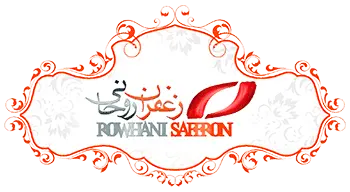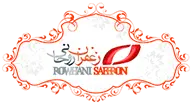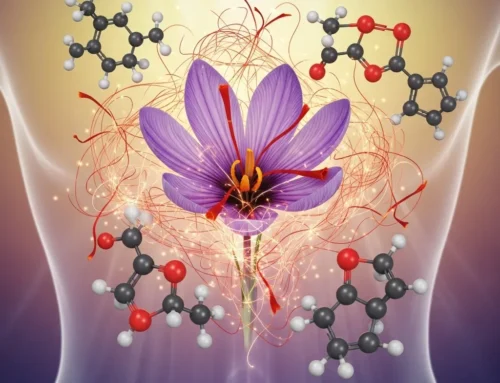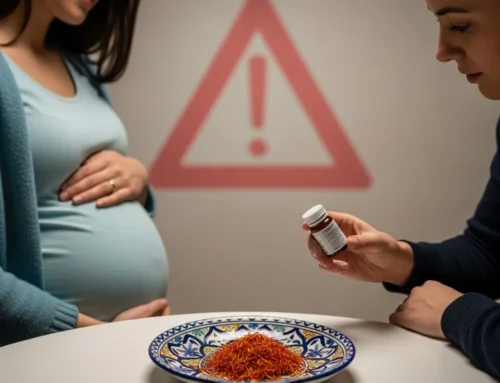Saffron, anti-cancer plant
Saffron is a valuable food in the center of Fars, a small amount of saffron. This plant has stems, six petals of purple color and three strands of red wine. Many years old saffron grows in southwestern Asia, southern Spain and southern Europe.
From every 100 to 200 thousand grams of saffron plant, about 5 kg of saffron flower is obtained, which weighs 5 kg of fresh saffron after drying to a kilogram.
Saffron consumption reduces fat and cholesterol, relaxes, appetite, antispasmodic, prevents heart disease and cancer, boosts memory and reduces blood pressure.
Saffron is used to treat asthma, skin diseases, eye diseases, urinary tract infections, jaundice, abdominal distension, stomach pain, and anemia.
Saffron helps digest food and strengthens the stomach and is used as a housing especially for gum pain.
Saffron consumption is effective in preventing depression. This herbal is a valuable drug that increases the concentration of sensation and is effective in preventing Alzheimer’s and Parkinson’s.
Uncontrolled consumption of saffron causes vomiting, reduced heart rate, bleeding from the nose, bleeding from the eyelids and lips and causing dizziness, lethargy, jaundice and other dangerous effects.
Saffron should be kept away from light and moisture in glass or metal containers. This plant is used in food industry, confectionery, textiles and dairy industries.
Heshmatullah Sadeghi, an expert in medicinal herbs at Fars Jihad Agricultural Organization, said 700 hectares of agricultural land in Fars will be allocated to saffron cultivation this year and predicted that 50 hectares of cultivated land will be harvested in the province, compared to last year’s 3,000 hectares of saffron in the province.
Saffron is cultivated in Estahban, Abadeh, Eghlid, Bavanat, Marvdasht, Firoozabad and parts of Fasa County.
In addition to the Gulf countries, this product is exported to China, Japan, South Korea, Germany, France and Spain.
source: iribnews /ir








Get Social